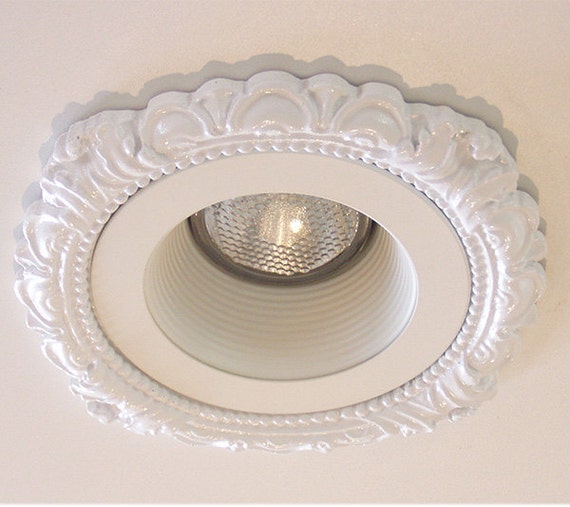Understanding Decorative Recessed Trim
Decorative recessed trim is an elegant addition to any room, providing both aesthetic appeal and architectural interest. Having recently renovated my home, I can personally attest to how much of a difference incorporating this trim can make. It creates seamless transitions and adds an element of sophistication that can elevate any space.
What is Decorative Recessed Trim?
Decorative recessed trim refers to the decorative moldings and profiles that are installed around recessed features such as windows, doors, and light fixtures. This trim serves not only an aesthetic purpose but also helps to hide gaps and imperfections.
Types of Decorative Recessed Trim
There are several types of decorative recessed trim available today. Below is a comprehensive table highlighting various types, their materials, and common uses:
| Type | Material | Common Uses |
|---|---|---|
| Crown Molding | Wood, MDF, or Polyurethane | Ceilings and wall transitions |
| Baseboards | Wood or PVC | Along the bottom of walls |
| Chair Rails | Wood or MDF | Mid-wall decoration |
| Picture Rails | Wood or Polyurethane | Hanging pictures |
Benefits of Using Decorative Recessed Trim
Decorative recessed trim brings a multitude of benefits to your home environment:
- Aesthetic Appeal: Instantly elevates the visual interest of any room.
- Conceals Imperfections: Hides gaps and uneven transitions between different surfaces.
- Increases Home Value: Enhances the overall look of the home, which can be attractive to potential buyers.
How to Choose the Right Decorative Recessed Trim
Consider Your Home’s Style
When selecting decorative recessed trim, it’s essential to consider the architectural style of your home. For instance, traditional homes may benefit from more ornate trims, while modern homes can opt for sleek, minimalist designs.
Material Matters
The choice of material affects both the look and durability of your trim. Here’s a brief overview of common materials:
- Wood: Offers a classic look but may require maintenance.
- MDF (Medium Density Fiberboard): Cost-effective and easy to paint but less durable.
- Polyurethane: Lightweight, moisture-resistant, and available in various styles.

Installation Tips for Decorative Recessed Trim
Whether you are a seasoned DIYer or a beginner, installing decorative recessed trim can be a rewarding project. Here are some tips I found helpful during my own installation process:
Gather Your Tools
Before you start, ensure you have the following tools handy:
- Miter saw
- Nail gun or hammer
- Level
- Measuring tape
- Caulk and caulk gun

Measure Twice, Cut Once
Accurate measurements are crucial. Make sure to measure the lengths of the areas where you plan to install the trim. I learned the hard way that taking extra time at this step saves a lot of frustration later!
Practice Your Miter Cuts
For corners, miter cuts provide a clean look. Take some time to practice on scrap pieces before making your actual cuts.

Finishing Touches
Once everything is installed, fill in any nail holes with wood filler and touch up with paint or stain for a polished finish.
Comparing Decorative Recessed Trim Options
Comparison of Popular Trim Materials
| Material | Cost | Durability | Maintenance |
|---|---|---|---|
| Wood | $$$ | High | Requires periodic painting/staining |
| MDF | $ | Medium | Easy to paint but susceptible to moisture |
| Polyurethane | $$ | High | Easy to clean, no painting required |

Pros and Cons of Decorative Recessed Trim
Pros
- Adds visual interest
- Conceals imperfections
- Increases property value
- Variety of styles available
Cons
- Can be costly depending on materials
- Requires some skill to install properly
- Maintenance may be needed for certain materials

Frequently Asked Questions (FAQs)
What is the best material for decorative recessed trim?
The best material depends on your budget and aesthetic preferences. Wood is highly regarded for its beauty, while polyurethane is favored for its durability and low maintenance.
Can I install decorative recessed trim myself?
Yes! With the right tools and some basic woodworking knowledge, many homeowners successfully install trim themselves.

How do I maintain decorative recessed trim?
Maintenance varies by material. Wood may require regular painting or staining, while polyurethane can simply be cleaned with a damp cloth.
Is decorative recessed trim worth the investment?
Absolutely! The aesthetic enhancement and potential increase in home value make it a worthwhile investment for many homeowners.